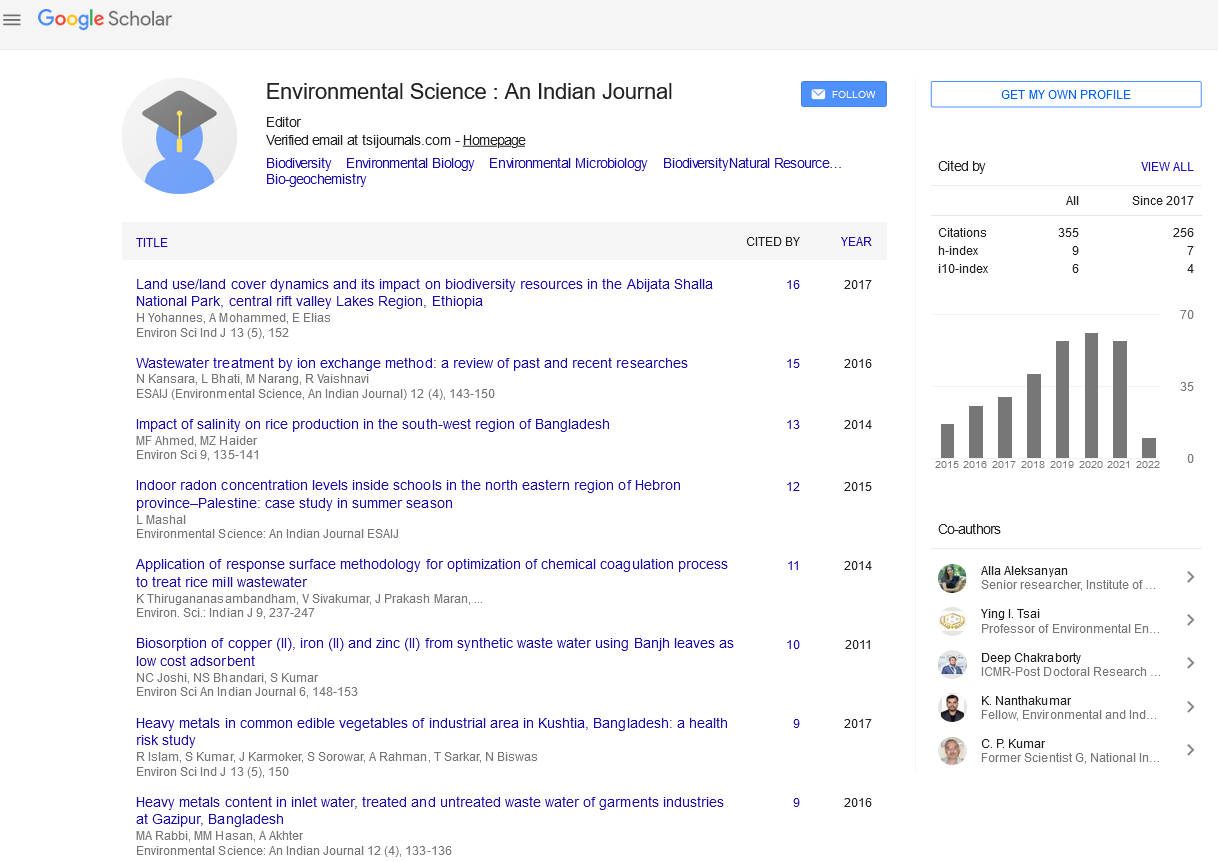Abstract
Determination of groundwater potential and strata formation in Isiokolo Nigeria using surface geoelectric sounding
Author(s): Adrian Ohwofosirai, Abaja Jahswill, Omovo Lilian, Akpotihwe PhilipA geophysical investigation was carried out in Isiokolo, Nigeria to determine the groundwater potential and the geological structure of the area. Themethod employed in this studywas theVertical Electrical Sounding (VES) using the Schlumberger configuration. The obtained data were interpreted by computer iteration process and results when comparedwith lithologic log fromexisting borehole indicate a four layered formation. The interpretation of the resistivity data indicates that there are four to nine layers in the area under study (Table 2). The top layer shows diversity of resistivity values ranging from 50Ùm to 1600Ùm and can be classified as loose soil. The thickness of this layer differs fromone location to the other ranging from2mto 4m. The resistivity of the second layer ranges from 179Ùm to 3733Ùm and is interpreted as clayey sand to sandy clay. Kokori has nine layers as the highest number of layers and Isiokolo 2 station having the least number of layers. Boreholes for potable groundwater are therefore recommended within the forth layer because of its quality and viability.

